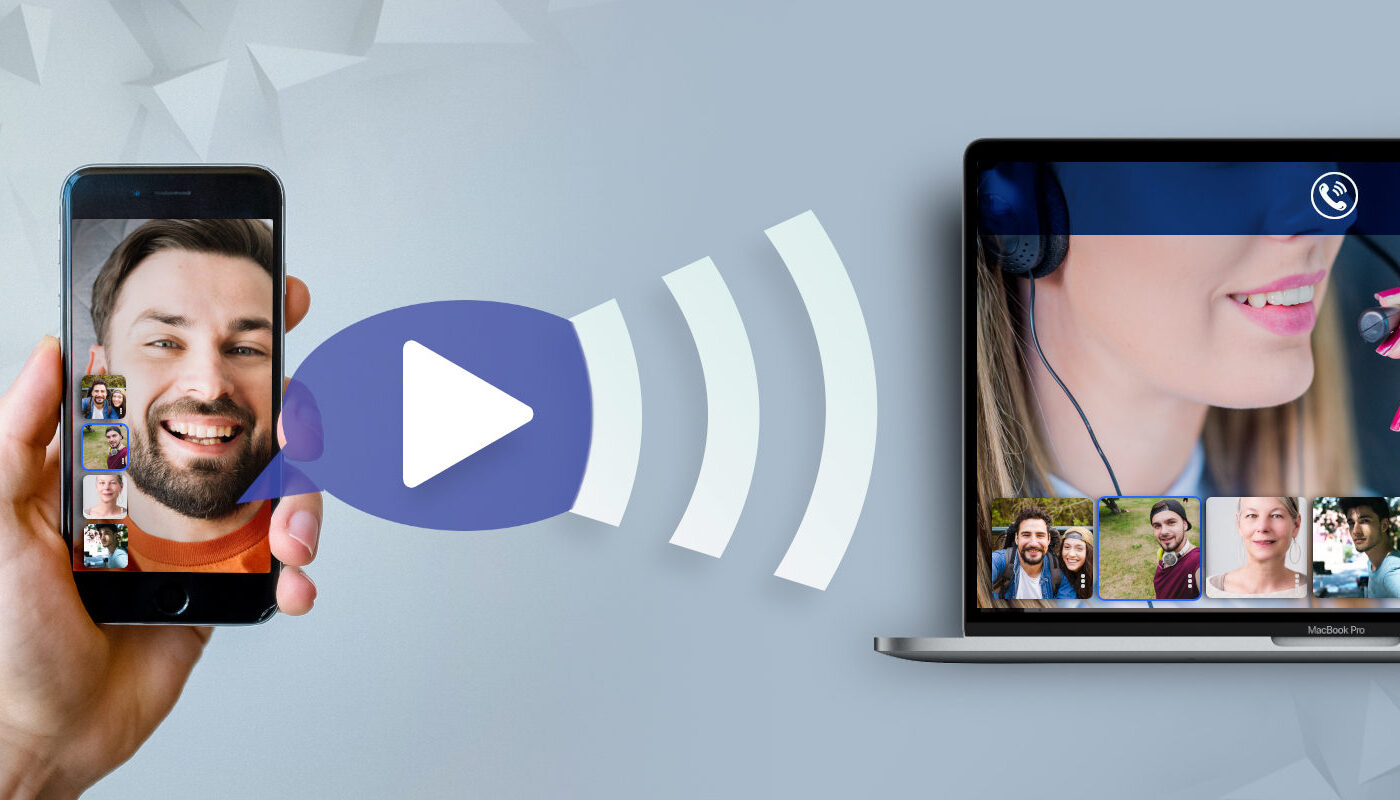The Rise of Video Streaming
As internet connectivity continued to improve over the past decade, live and on-demand video streaming became a mainstream phenomenon. Smartphones, tablets, smart TVs, and game consoles now come preloaded with apps that provide access to a vast library of movies, TV shows, sports, news, and other video content. Platforms like YouTube, Netflix, Hulu, and Disney+ have seen explosive user growth as audiences embrace the flexibility and ubiquity of streaming video. This shift from physical and downloadable media to online streaming represents a massive change in how consumers interact with and consume video content.
Advancing Streaming Technology
Behind every streaming video experience is specialized Video Streaming Software that handles video encoding, file delivery, playback, and more. Early video streaming relied on proprietary plugins like Adobe Flash, Microsoft Silverlight, and Apple QuickTime. However, these solutions were platform-specific and lacked important features. The emergence of new codecs like H.264 and VP9 along with web standards like HTML5 video provided a more open framework. New streaming protocols like HTTP Live Streaming (HLS) and Dynamic Adaptive Streaming over HTTP (DASH) optimized video delivery for bandwidth variations. Content delivery networks (CDNs) paired with these streaming protocols to reliably scale bandwidth globally.
All major streaming platforms now utilize similar HTML5-based architectures with HLS/DASH and deliver video through CDNs. However, their media server software continues to evolve. Platforms focus on improving bitrate optimization, buffering, latency, adaptive bitrate ladders, multi-screen support, DRM, analytics, transcoding workflows, live capabilities, accessibility, and personalized recommendations. Companies also develop proprietary features – Netflix pioneered audio/video sync correction while Disney+ focuses on quality-of-service. As streaming supplants downloads, video software ensures high-quality experiences across any network.
Enabling Live Streaming
Live streaming presented new technical obstacles compared to video-on-demand. Milliseconds of latency could cause audio/video sync issues or make live sports feel delayed. Encoding live content also required real-time processing horsepower to scale to millions of simultaneous viewers.
Pioneering services like Twitch, YouTube Live, Facebook Live, and Periscope streamlined workflows for live broadcasting using WebRTC, adaptive streaming protocols, and low-latency optimizations. Their live ingest and encoding software minimizes delay from camera to viewer. Sophisticated CDN routing and caching deliver sub-second start times worldwide. Integrations with video games, cameras, and production switchers simplified live production capabilities on a massive scale.
Live streaming software innovations like crowd-sourced transcoding reduced latency even further. Services apply techniques from web conferencing and voice/video calling to real-time live video at never-before-seen scales. As 5G cellular networks roll out, live mobile broadcasting quality will improve to be on par with static internet connections – expanding streaming opportunities. Overall, live streaming continues converging toward true broadcast-quality experiences online.
Enabling New Formats and Devices
Video is now experienced across an endless array of devices beyond just computers and smartphones. VR headsets like Oculus Quest use specialized video compression and delivery for immersive 360/180-degree video. Gaming consoles leverage high-performance encoding for 4K HDR gaming capture and broadcasts. Streaming devices plug directly into TVs for a simplified smart TV experience. Even vehicles integrate streaming platforms as infotainment systems.
Keeping pace requires versatile video streaming middleware and formats. HTML5 supports virtual/augmented reality playback while SVOD platforms test next-gen standards like AV1 for future devices. Capabilities like picture-in-picture and multi-view streaming provide new ways to watch on any screen simultaneously. As the Internet of Things expands, streaming software will drive fresh experiences well beyond today’s devices. Developing future-proof, cross-platform solutions ensures ubiquity well into coming decades of display and connectivity innovations.
Optimizing the Cloud Experience
Large-scale video streaming simply would not be possible without cloud computing infrastructure. Netflix, for example, developed its own open-source media server software called Cosmos optimized for virtual machines in Amazon Web Services data centers. Scaling horizontally across cloud regions provides redundancy and the ability to handle peak traffic loads of over 3.6 petabytes streamed per hour.
Other services use Kubernetes clusters, serverless architectures, and cloud-native development to optimize video delivery costs while maintaining quality. CDNs like Amazon CloudFront, Microsoft Azure, and Google Cloud deploy edge servers globally powered by edge computing capabilities. Edge server deployments in 5G networks promise even lower latency streaming. Overall, cloud architecture advancements continuously improve the streaming experience while lowering infrastructure expenses. As streaming technology matures, efficient cloud deployments will become even more critical to delivering high-quality video at global scale.
The Future of Streaming Looks Bright
Video streaming software has come a long way in just over a decade. Advanced protocols, formats, and cloud infrastructure now deliver cinematic experiences to any device, anywhere. Live broadcasting even replicates real-time broadcasts online. While challenges around bandwidth, latency, formats, and monetization remain, the industry is united around open standards that drive innovation. New capabilities for augmented/virtual/mixed reality, multi-view, and interactive video foreshadow how streaming will shape the next era of media experiences. With continuous software optimization, streaming video has only begun realizing its potential for global entertainment and communication.
*Note:
1. Source: Coherent Market Insights, Public sources, Desk research
2. We have leveraged AI tools to mine information and compile it



